- Empty cart.
- Continue Shopping
Dracaena
Original price was: ₹225.00.₹150.00Current price is: ₹150.00.
Genus : Dracaena
Introducing the Black Colocasia Foliage Plant, a striking and bold addition to any garden. With its dark and glossy leaves, this plant creates a dramatic visual impact that instantly grabs attention. The Black Colocasia, also known as the Black Elephant Ear, brings a tropical and exotic vibe to your outdoor space. Its impressive foliage adds depth and texture, making it a captivating centerpiece or accent plant. The Black Colocasia Foliage Plant is easy to grow and requires minimal maintenance, making it a perfect choice for both beginner and experienced gardeners. Enhance the beauty of your garden with the striking presence of the Black Colocasia Foliage Plant. Order yours today!
Dracaena is a genus of tropical foliage plants that are known for their stunning leaves and easy-care nature. There are many different species and cultivars of Dracaena, each with its unique characteristics, but they all share some common features. Here is a more detailed description of Dracaena foliage plants:
- Leaf characteristics: Dracaena plants typically have long, slender leaves that are arranged in a rosette or clustered pattern. The leaves can come in various shapes, ranging from lanceolate to sword-like or strap-like, and can have different colors and patterns. Some Dracaena species have leaves with bold stripes or variegation, while others have solid green or burgundy leaves. The leaves of Dracaena are one of their main ornamental features and can add a lush, tropical look to any space.
- Light requirements: Most Dracaena species prefer bright, indirect light or moderate to low light conditions. They can tolerate some direct sunlight, but too much can cause leaf burn. They are well-suited for indoor environments, where they can thrive in spaces with filtered light or partial shade. Some Dracaena species, such as Dracaena marginata, can tolerate lower light conditions, making them suitable for offices or rooms with limited natural light.
- Water requirements: Dracaena plants have moderate water requirements and prefer to be kept evenly moist but not waterlogged. Overwatering can lead to root rot, so it’s important to allow the top inch of the soil to dry out between waterings. It’s also essential to use well-draining soil and avoid letting the plant sit in standing water. Adjusting watering frequency based on the season and humidity levels in the environment can help maintain optimal soil moisture for Dracaena plants.
- Temperature requirements: Dracaena plants generally prefer warm temperatures between 65-80°F (18-27°C). They are not frost-tolerant and should be protected from cold drafts or temperatures below 55°F (13°C). Dracaena plants can be grown indoors or outdoors, depending on the species and local climate.
- Humidity requirements: Dracaena plants can tolerate a wide range of humidity levels, but they generally prefer moderate to high humidity. They can benefit from regular misting or placing a tray of water near the plant to increase humidity levels. Brown tips on the leaves may indicate low humidity levels, and increasing humidity can help prevent this issue.
- Fertilizer requirements: Dracaena plants benefit from regular fertilization during the growing season (spring and summer). A balanced, water-soluble fertilizer can be applied every 2-4 weeks, or as per the manufacturer’s instructions, to provide essential nutrients for healthy growth and vibrant foliage.
- Maintenance: Dracaena plants are generally low-maintenance and require minimal pruning. However, they may need occasional trimming to remove dead or yellowing leaves and to maintain their shape. Regular inspection for pests, such as spider mites or mealybugs, and prompt treatment if detected is important to keep the plants healthy.
- Indoor/Outdoor use: Dracaena plants are popular choices for indoor spaces, such as homes, offices, or other indoor environments, due to their ability to tolerate lower light conditions and their striking foliage. Some Dracaena species, such as Dracaena reflexa or Dracaena fragrans, can also be grown outdoors in tropical or subtropical regions with mild winters.
In summary, Dracaena foliage plants are prized for their attractive leaves, easy-care nature, and adaptability to various indoor and outdoor environments. With their striking foliage and low-maintenance requirements, they are popular choices among plant enthusiasts for adding a tropical touch to interior spaces or outdoor gardens.




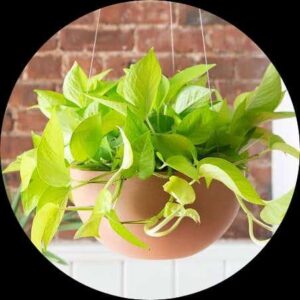

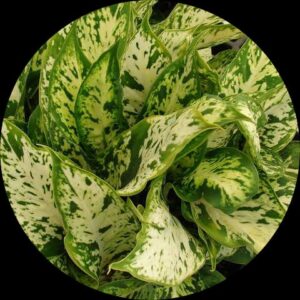

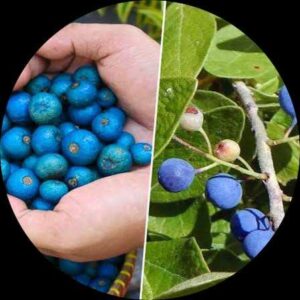

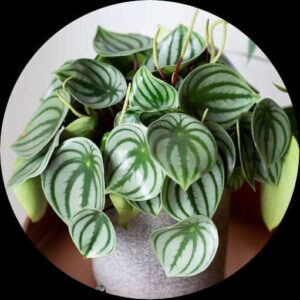

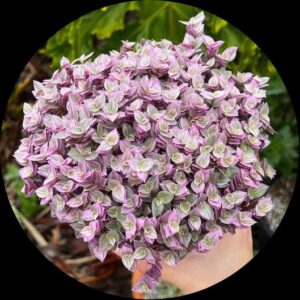
Reviews
There are no reviews yet.